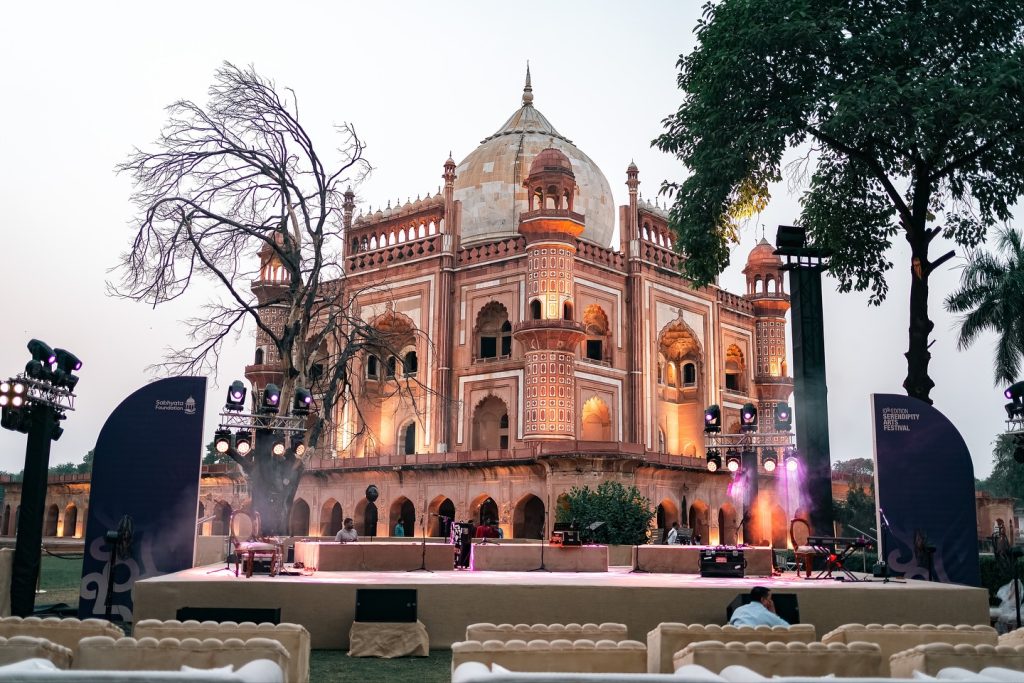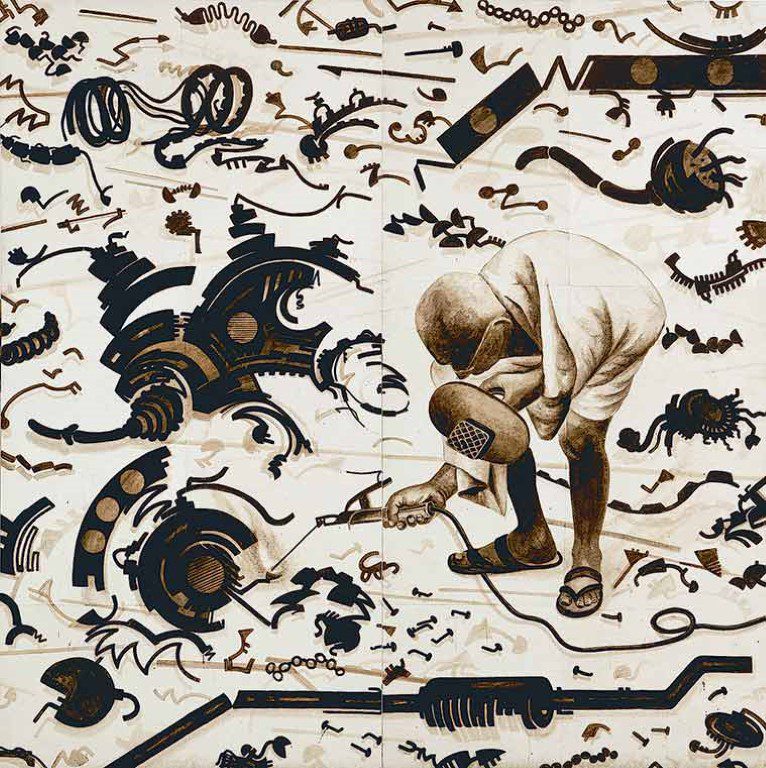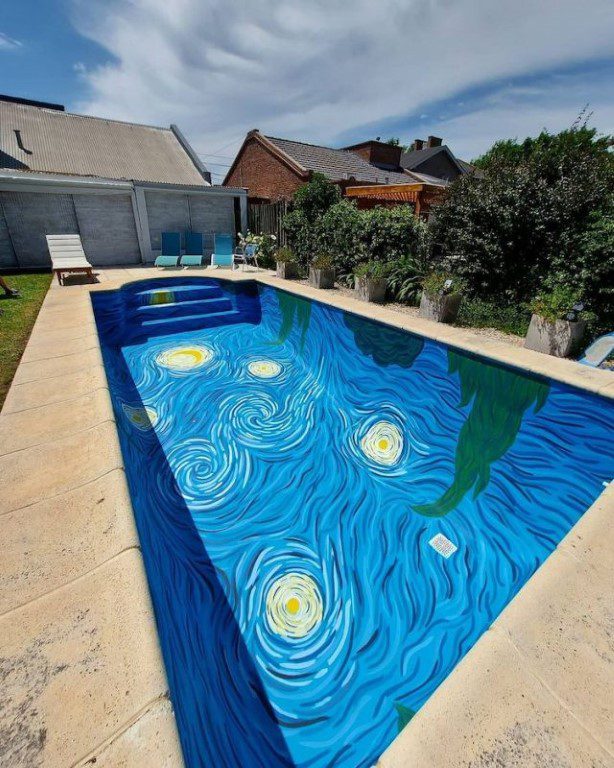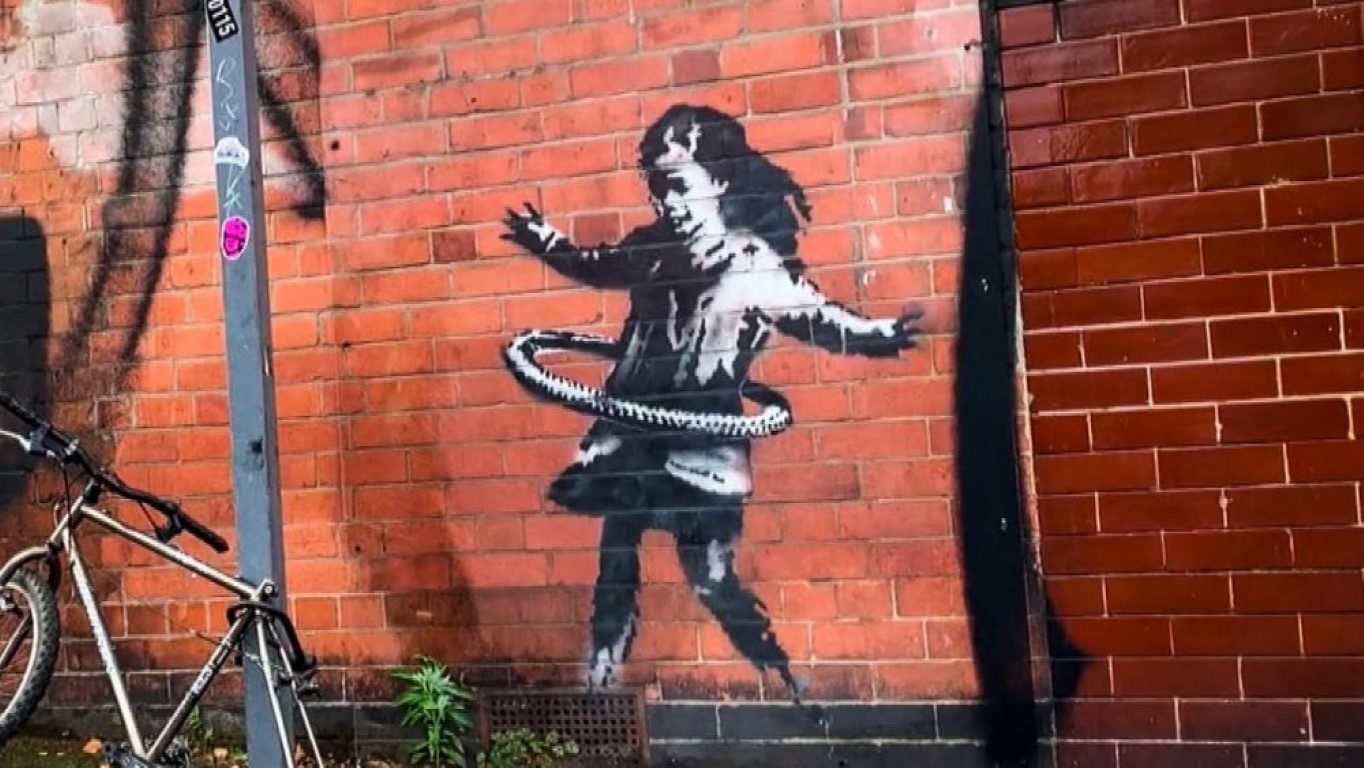The historic Safdarjung Tomb transformed into a mesmerizing venue for ghazal music on Thursday evening as the Sabhyata Foundation, in collaboration with Serendipity Arts, presented ‘Shaam-e-Ghazal’ – a cultural celebration marking the 10th anniversary of the Serendipity Arts Festival.
The event, held under the ‘Adopt a Heritage 2.0’ initiative of the Government of India, brought together heritage conservation and contemporary artistic expression in an unprecedented cultural showcase. Union Minister of Culture & Tourism Shri Gajendra Singh Shekhawat and Delhi’s Minister of Art & Culture Shri Kapil Mishra graced the occasion, which was supported by the Ministry of Culture and the Archaeological Survey of India.
A Musical Journey Through Time
Curated by renowned tabla virtuoso Bickram Ghosh, the evening featured acclaimed vocalists Pratibha Singh Baghel and Prithvi Gandharv, who paid tribute to legendary ghazal maestros including Ghulam Ali, Mehdi Hasan, Nusrat Fateh Ali Khan, Pankaj Udhas, and Jagjit Singh. The moonlit Mughal monument provided a breathtaking backdrop as the artists’ performances resonated through the historic architecture.
“The new generation is showing real interest in ghazals. I wanted to showcase that,” explained Ghosh, who noted that the concept had proven successful at last year’s Serendipity Festival in Goa. He highlighted how the genre is evolving while maintaining its classical roots, with contemporary instruments like keyboards and guitars now complementing traditional harmoniums.
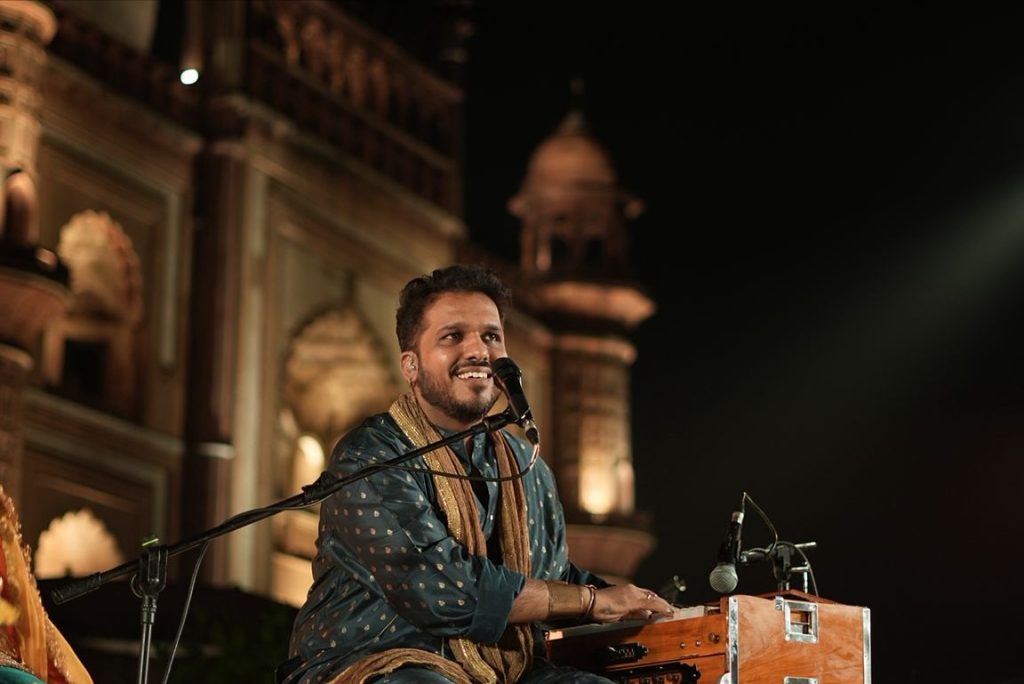
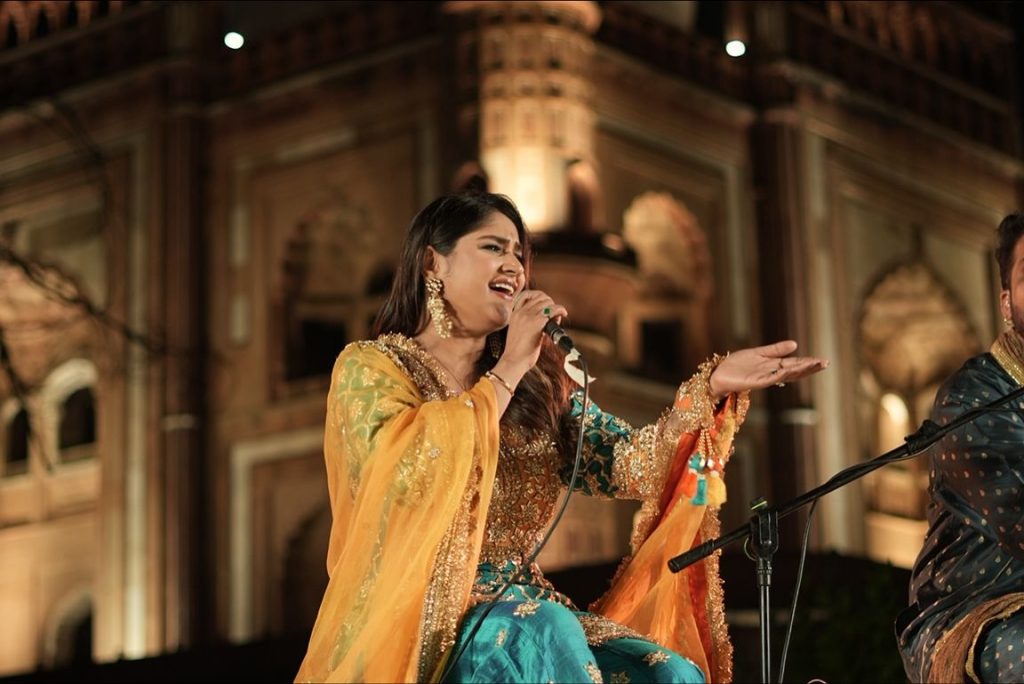
Heritage as Living Spaces
Puneet Dalmia, MD & CEO of Dalmia Bharat Ltd and patron of the Sabhyata Foundation, articulated the vision behind such initiatives. “The idea is to celebrate our monuments and our heritage, and create really engaging experiences for visitors,” he stated, drawing parallels with European tourism models that thrive on cultural preservation.
Speaking at the event, Dalmia emphasized the responsibility of cultural stewardship: “Preserving a monument and bringing it alive while celebrating our culture are not acts of nostalgia, but of nation-building. Each one of us, particularly those who have benefitted most from the opportunities that India has provided, has a sacred responsibility to give back.”
He urged corporate leaders to allocate portions of their CSR budgets toward heritage conservation and announced that the Sabhyata Foundation would launch membership programs to enable broader participation in these efforts.
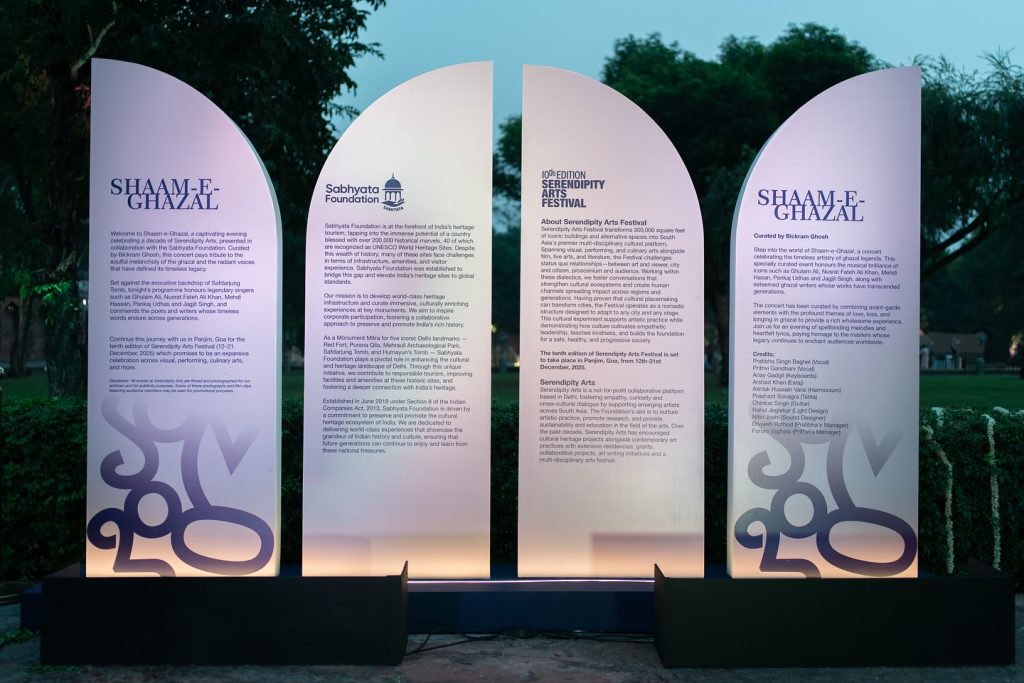
A Decade of Artistic Innovation
Sunil Kant Munjal, Founder of Serendipity Arts, reflected on the organization’s journey over the past decade. “As we celebrate ten years of Serendipity Arts, we remember that culture connects people and places. Over the past decade, we’ve transformed 300,000 square feet of spaces in Goa into living canvases of art and supported hundreds of artists across South Asia,” he shared.
“Culture isn’t a luxury—it is essential. It builds empathy, teaches patience, and keeps our collective story alive,” Munjal added, describing the partnership with Sabhyata Foundation as a reflection of shared values rooted in creativity and inclusion.
Reimagining India’s Cultural Landscape
The Sabhyata Foundation, operating as a Smarak Sarathi under the Adopt a Heritage 2.0 program, currently manages several significant Delhi monuments including Purana Qila, Humayun’s Tomb, Safdarjung Tomb, and Mehrauli Archaeological Park. The Foundation has also introduced innovative experiences such as the ‘Jai Hind’ show at the Red Fort and is working in Madhya Pradesh to develop Orchha as a cultural tourism destination.
Dalmia noted the government’s enthusiasm for private participation in heritage revival, calling it “a part of India’s soft power.” He expressed optimism about expanding the model, stating, “We’re launching Sabhyata memberships so corporates and individuals who are passionate can join in.”
The success of Shaam-e-Ghazal follows previous cultural programs at Purana Qila, demonstrating growing public appetite for heritage-based cultural experiences. As Serendipity Arts prepares for its largest festival yet in Goa this December, events like these signal a promising future for India’s cultural tourism sector – one where ancient monuments serve not merely as relics of the past, but as vibrant stages for contemporary artistic expression.
The evening concluded with enthusiastic applause from attendees, many of whom lingered to absorb the atmosphere where, as organizers envisioned, history, music, and artistry truly came together under the stars.
Image Courtesy: Serendipity arts festival
Contributor

